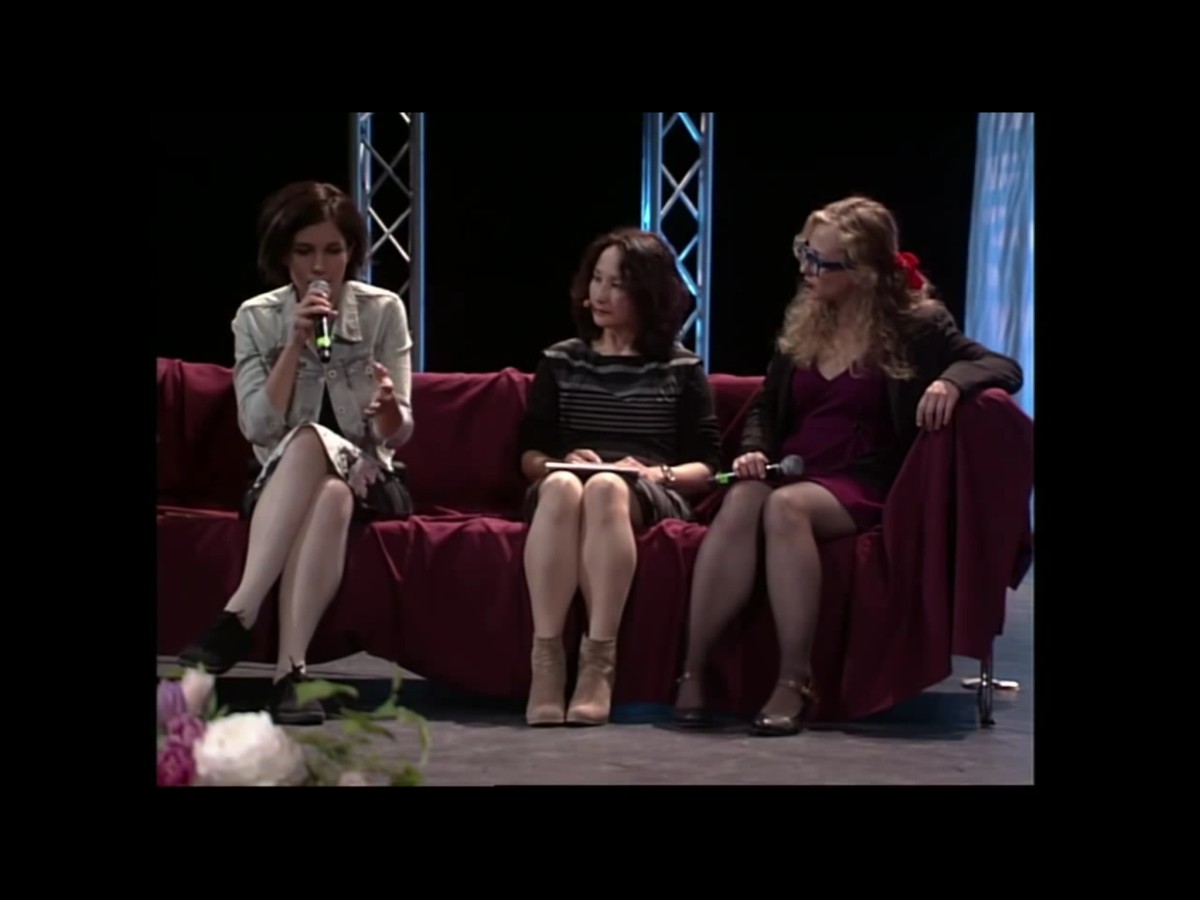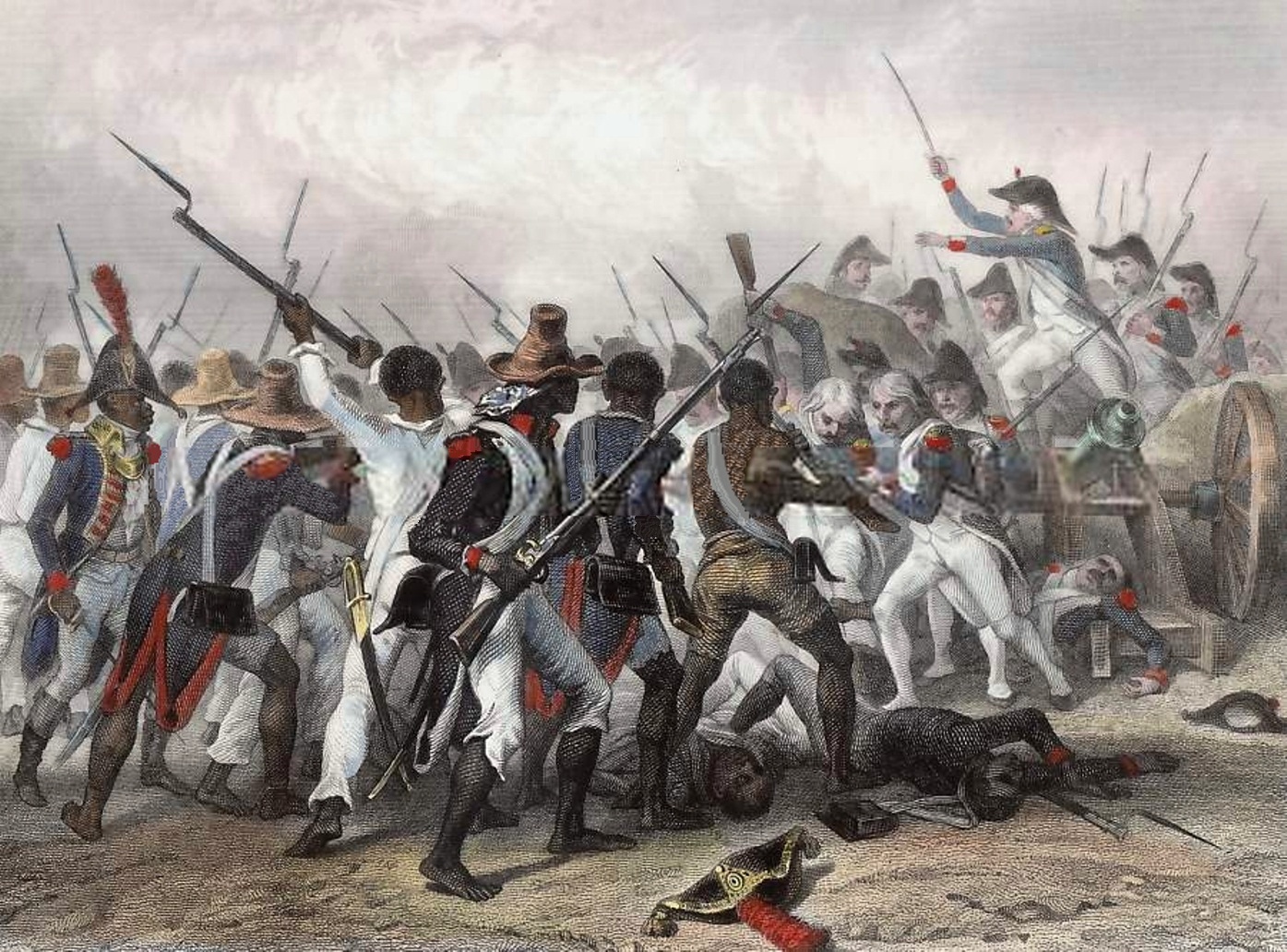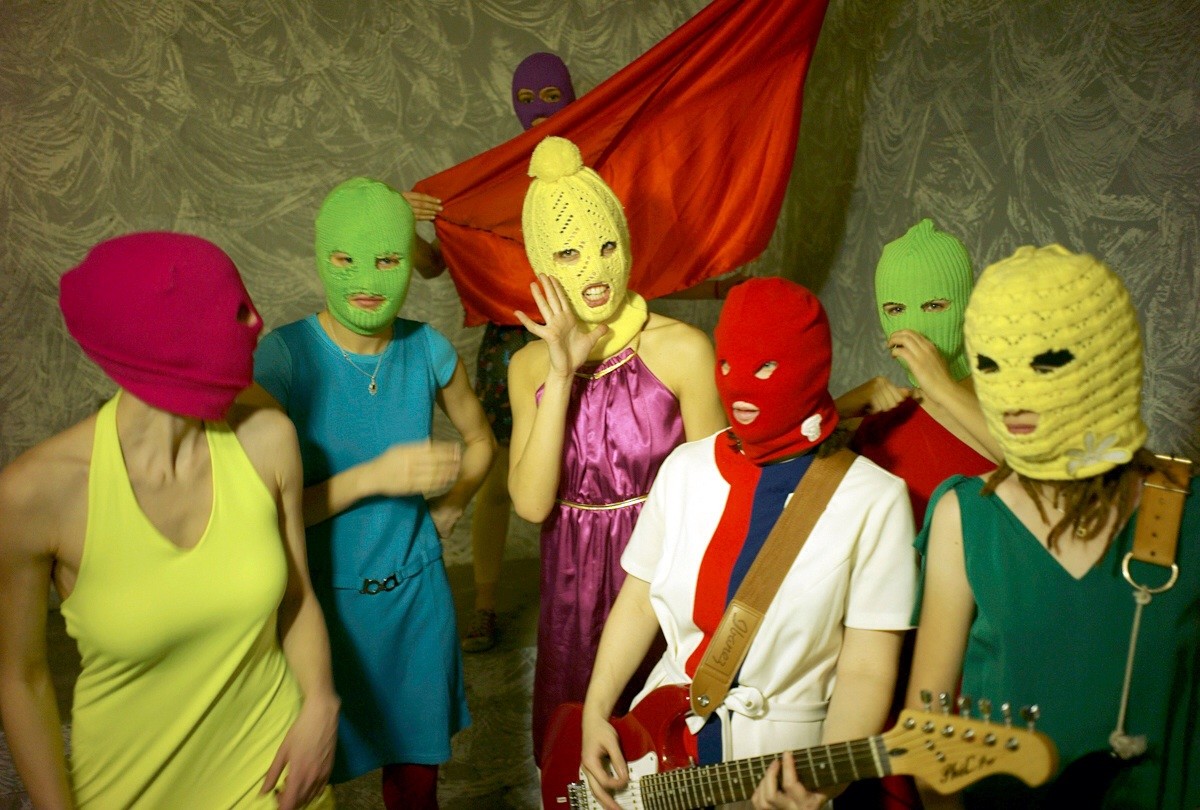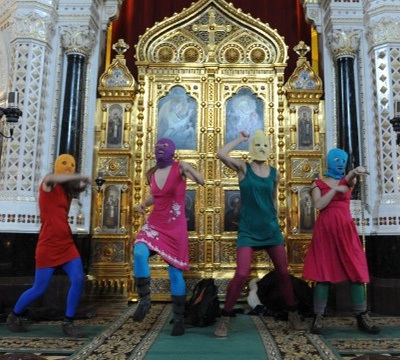
Or is it? : Astra Taylor’s The People’s Platform
Review by Zachary Loeb
~
Imagine not using the Internet for twenty-four hours.
Really: no Internet from dawn to dawn.
Take a moment to think through the wide range of devices you would have to turn off and services you would have to avoid to succeed in such a challenge. While a single day without going online may not represent too outlandish an ordeal such an endeavor would still require some social and economic gymnastics. From the way we communicate with friends to the way we order food to the way we turn in assignments for school or complete tasks in our jobs – our lives have become thoroughly entangled with the Internet. Whether its power and control are overt or subtle the Internet has come to wield an impressive amount of influence over our lives.
All of which should serve to raise a discomforting question – so, who is in control of the Internet? Is the Internet a fantastically democratic space that puts the power back in the hands of people? Is the Internet a sly mechanism for vesting more power in the hands of the already powerful, whilst distracting people with a steady stream of kitschy content and discounted consumerism? Or, is the Internet a space relying on levels of oft-unseen material infrastructures with a range of positive and negative potentialities? These are the questions that Astra Taylor attempts to untangle in her book The People’s Platform: Taking Back Power and Culture in the Digital Age (Metropolitan Books, 2014). It is the rare example of a book where the title itself forms a thesis statement of sorts: the Internet was and can be a platform for the people but this potential has been perverted, and thus there needs to be a “taking back” of power (and culture).
At the outset Taylor locates her critique in the space between the fawning of the “techno-optimists” and the grousing of the “techno-skeptics.” Far from trying to assume a “neutral” stance, Taylor couches her discussion of the “techno” by stepping back to consider the social, political, and economic forces that shape the “techno” reality that inspires optimism and skepticism. Taylor, therefore, does not build her argument upon a discussion of the Internet as such but builds her argument around a discussion of the Internet as it is and as it could be. Unfortunately the “as it currently is” of this “new media” evinces that: “Corporate power and the quest for profit are as fundamental to new media as old.” (8)
Thus Taylor sets up the conundrum of the Internet – it is at once a media platform with a great deal of democratic potential, and yet this potential has been continually appropriated for bureaucratic, technocratic, and indeed plutocratic purposes.
Over the course of The People’s Platform Taylor moves from one aspect of the Internet (and its related material infrastructures) to another – touching upon a range of issues from the Internet’s history, to copyright and the way it has undermined “cultural creators” ability to earn a living, the way the Internet persuades and controls, across the issues of journalism and e-waste, to the ways in which the Internet can replicate the misogyny and racism of the offline world.
With her background as a documentary filmmaker (she directed the film The Examined Life [which is excellent]) Taylor is skilled in cutting deftly from one topic to the next, though this particular experience also gives her cause to dwell at length upon the matter of how culture is created and supported in the digital age. Indeed as a maker of independent films Taylor is particularly attuned to the challenges of making culturally valuable content in a time when free copies spread rapidly on-line. Here too Taylor demonstrates the link to larger economic forces – there are still highly successful “stars” and occasional stories of “from nowhere” success, but the result is largely that those attempting to eke out a nominal subsistence find it increasingly challenging to do so.
As the Internet becomes the principle means of dissemination of material “cultural creators” find themselves bound to a system wherein the ultimate remuneration rarely accrues back to them. Likewise the rash of profit-driven mergers and shifting revenue streams has resulted in a steady erosion of the journalistic field. It is not – as Taylor argues – that there is a lack of committed “cultural creators” and journalists working today, it is that they are finding it increasingly difficult to sustain their efforts. The Internet, as Taylor describes it, is certainly making many people enormously wealthy but those made wealthy are more likely to be platform owners (think Google or Facebook) than those who fill those platforms with the informational content that makes them valuable.
Though the Internet may have its roots in massive public investment and though the value of the Internet is a result of the labor of Internet users (example: Facebook makes money by selling advertisements based on the work you put it in on your profile), the Internet as it is now is often less of an alternative to society than it is a replication. The biases of the offline world are replicated in the digital realm, as Taylor puts it:
“While the Internet offers marginalized groups powerful and potentially world-changing opportunities to meet and act together, new technologies also magnify inequality, reinforcing elements of the old order. Networks do not eradicate power: they distribute it in different ways, shuffling hierarchies and producing new mechanisms of exclusion.” (108)
Thus, the Internet – often under the guise of promoting anonymity – can be a site for an explosion of misogyny, racism, classism, and an elitism blossoming from a “more-technologically-skilled-than-thou” position. There are certainly many “marginalized groups” and individuals trying to use the Internet to battle their historical silencing, but for every social justice minded video there is a comment section seething with the grunts of trolls. Meanwhile behind this all stand the same wealthy corporate interests that enjoyed privileged positions before the rise of the Internet. These corporate forces can wield the power they gain from the Internet to steer and persuade Internet users in such a way that the “curated experience” of the Internet is increasingly another way of saying, “what a major corporation thinks you (should) want.”

Breaking through the ethereal airs of the Internet, Taylor also grounds her argument in the material realities of the digital realm. While it is true that more and more people are increasingly online, Taylor emphasizes that there are still many without access and that the high-speed access enjoyed by some is not had by one and all. Furthermore, all of this access, all of these fanciful devices, all of these democratic dreams are reliant upon a physical infrastructure shot through with dangerous mining conditions, wretched laboring facilities, and toxic dumps where discarded devices eventually go to decay. Those who are able to enjoy the Internet as a positive feature in their day to day life are rarely the same people who worked in the mines, the assembly plants, or who will have to live on the land that has been blighted by e-waste.
While Taylor refuses to ignore the many downsides associated with the Internet age she remains fixed on its positive potential. The book concludes without offering a simplistic list of solutions but nevertheless ends with a sense that those who care about the Internet’s non-corporate potential need to work to build a “sustainable digital future” (183). Though there are certainly powerful interests profiting from the current state of the Internet the fact remains that (in a historical sense) the Internet is rather young, and there is still time to challenge the shape it is taking. Considering what needs to be done, Taylor notes: “The solutions we need require collective, political action.” (218)
It is a suggestion that carries a sentiment that people can band together to reassert control over the online commons that are steadily being enclosed by corporate interests. By considering the Internet as a public utility (a point being discussed at the moment in regards to Net Neutrality) and by focusing on democratic values instead of financial values – it may be possible for people to reverse (or at least slow) the corporate wave which is washing over the Internet.
After all, the Internet is the result of massive public investment, why is it that it has been delivered into corporate hands? Ultimately, Taylor concludes (in a chapter titled “In Defense of the Commons: A Manifesto for Sustainable Culture”) that if people want the Internet to be a “people’s platform” that they will have to organize and fight for it (“collective, political”). In a time when the Internet is an important feature of society, it makes a difference if the Internet is an open “people’s platform” or a highly (if subtly) controlled corporate theme park. “The People’s Platform” requires people who care to raise their voices…such as the people who have read Astra Taylor’s book, perhaps.
* * * * *
With The People’s Platform Astra Taylor has made an effective and interesting contribution to the discussion around the nature of the Internet and its future. By emphasizing a political and economic critique she is able to pull the Internet away from a utopian fantasy in order to analyze it in terms of the competing forces that have shaped (and continue to shape) it. The perspective that Taylor brings, as a documentary filmmaker, allows her to drop the journalistic façade of objectivity in order to genuinely and forcefully engage with issues pertaining to the compensation of cultural creators in the age of digital dissemination. Whilst the sections that Taylor writes on the level of misogyny one encounters online and the section on e-waste make this book particularly noteworthy. Though each chapter of The People’s Platform could likely be extended into an entire book, it is in their interconnections that Taylor is able to demonstrate the layers of interconnected issues that are making such a mess of the Internet today. For the problem facing the online realm is not just corporate control – it is a slew of issues that need to be recognized in total (and in their interconnected nature) if any type of response is to be mounted.
Though The People’s Platform is ostensibly about a conflict regarding the future of the Internet, the book is itself a site of conflicting sentiments. Though Taylor – at the outset – aims to avoid aligning herself with the “cheerleaders of progress” or “the prophets of doom” (4) the book that emerges is one that is in the stands of the “cheerleaders of progress” (even if with slight misgivings about being in those stands). The book’s title suggests that even with all of the problems associated with the Internet it still represents something promising, something worth fighting to “take back.” It is a point that is particularly troublesome to consider after Taylor’s description of labor conditions and e-waste. For one of the main questions that emerges towards the end of Taylor’s book – though it is not one she directly poses – makes problematic the book’s title, that question being: which “people” are being described in “the people’s platform?”

It may be tempting to answer such a question with a simplistic “well, all of the people” yet such a response is inadequate in light of the way that Taylor’s book clearly discusses the layers of control and dominance one finds surrounding the Internet. Can the Internet be “the people’s platform” for writers, journalists, documentary filmmakers, and activists with access to digital tools? Sure. But what of those described in the e-waste chapter – people living in oppressive conditions and toiling in factories where building digital devices puts them at risk of cancer or disassembling such devices poisons them and their families? Those people count as well, but those upon whom “the people’s platform” is built seem to be crushed beneath it, not able to get on top of it – to stand on “the people’s platform” is to stand on the hunched shoulders of others. It is true that Taylor takes this into account in emphasizing that something needs to be done to recognize and rectify this matter – but insofar as the material tools “the people” use to reach the Internet are built upon the repression and oppression of other people, it sours the very notion of the Internet as “the people’s platform.”
This in turn raises another question: what would a genuine “people’s platform” look like? In the conclusion to the book Taylor attempts to answer this question by arguing for political action and increased democratic control over the Internet; however, one can easily imagine classifying the Internet as a “public utility” without doing anything to change the laboring conditions of those who build devices. Indeed, the darkly amusing element of The People’s Platform is that Taylor answers this question brilliantly on the second page of her book and then spends the following two hundred and thirty pages ignoring this answer.
Taylor begins The People’s Platform with an anecdote about her youth in the pre-Internet (or pre-high speed Internet) era, wherein she recalls working on a small personally assembled magazine (a “zine”) which she would then have printed and distribute to friends and a variety of local shops. Looking back upon her time making zines, Taylor writes:
“Today any kid with a smartphone and a message has the potential to reach more people with the push of a button that I did during two years of self-publishing.” (2)
These lines from Taylor come only a sentence after she considers how her access to easy photocopying (for her zine) made it easier for her than it had been for earlier would-be publishers. Indeed, Taylor recalls:
“a veteran political organizer told me how he and his friends had to sell blood in order to raise the funds to buy a mimeograph machine so they could make a newsletter in the early sixties.” (2)
There are a few subtle moments in the above lines (from the second page of Taylor’s book) that say far more about a “people’s platform” than they let on. It is true that a smartphone gives a person “the potential to reach more people” but as the rest of Taylor’s book makes clear – it is not necessarily the case that people really do “reach more people” online. There are certainly wild success stories, but for “any kid” their reach with their smartphone may not be much greater than the number of people reachable with a photocopied zine. Furthermore, the zine audience might have been more engaged and receptive than the idle scanner of Tweets or Facebook updates – the smartphone may deliver more potential but actually achieve less.
Nevertheless, the key aspects is Taylor’s comment about the “veteran political organizer” – this organizer (“and his friends”) were able to “buy a mimeograph machine so they could make a newsletter.” Is this different from buying a laptop computer, Internet access, and a domain name? Actually? Yes. Yes, it is. For once those newsletter makers bought the mimeograph machine they were in control of it – they did not need to worry about its Terms of Service changing, about pop-up advertisements, about their movements being tracked through the device, about the NSA having installed a convenient backdoor – and frankly there’s a good chance that the mimeograph machine they purchased had a much longer life than any laptop they would purchase today. Again – they bought and were able to control the means for disseminating their message, one cannot truly buy all of the means necessary for disseminating an online message (when one includes cable, ISP providers, etc…).
The case of the mimeograph machine and the Internet is the question of what types of technologies represent genuine people’s platforms and which result in potential “people’s platforms” (note the quotation marks)? This is not to say that mimeograph machines are perfect (after all somebody did build that machine) but when considering technology in a democratic sense it is important to puzzle over whether or not (to borrow Lewis Mumford’s terminology) the tool itself is “authoritarian” or “democratic.” The way the Internet appears in Taylor’s book – with its massive infrastructure, propensity for centralized control, material reality built upon toxic materials – should at the very least make one question to what extent the Internet is genuinely a democratic “people’s” tool. Or, whether or not it is simply such a tool for those who are able to enjoy the bulk of the benefits and a minimum of the downsides. Taylor clearly does not want to be accused of being a “prophet of doom” – or of being a prophet for profit – but the sad result is that she jumps over the genuine people’s platform she describes on the second page in favor of building an argument for a platform that, by book’s end, seems to hardly be one for “the people” in any but a narrow sense of “the people.”
The People’s Platform: Taking Back Power and Culture in the Digital Age is a well written, solidly researched, and effectively argued book that raises many valuable questions. The book offers no simplistic panaceas but instead forces the reader to think through the issues – oftentimes by forcing them to confront uncomfortable facts about digital technologies (such as e-waste). As Taylor uncovers and discusses issue after bias after challenge regarding the Internet the question that haunts her text is whether or not the platform she is describing – the Internet – is really worthy of being called “The People’s Platform”? If so, to which “people” does this apply?
The People’s Platform is well worth reading – but it is not the end of the conversation. It is the beginning of the conversation.
And it is a conversation that is desperately needed.
__
The People’s Platform: Taking Back Power and Culture in the Digital Age
by Astra Taylor
Metropolitan Books, 2014
__
Zachary Loeb is a writer, activist, librarian, and terrible accordion player. He earned his MSIS from the University of Texas at Austin, and is currently working towards an MA in the Media, Culture, and Communications department at NYU. His research areas include media refusal and resistance to technology, ethical implications of technology, alternative forms of technology, and libraries as models of resistance. Using the moniker “The Luddbrarian” Loeb writes at the blog librarianshipwreck, which is where this review originally appeared.










